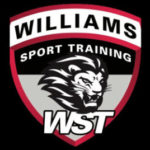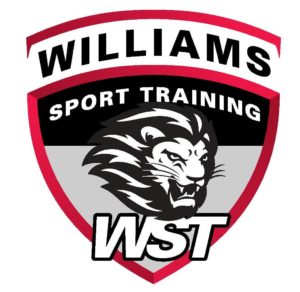Let Runner’s World help you find the right shoe for your running needs.
To use the Runner’s World ShoeFinder effectively and find the best shoes for you, you must first know your Shoe Type. The short article below will help you make the right choice. Also, at the end of the article, we explain Pronation–a biomechanics term that often confuses runners.
Cushioned Shoes
You should wear cushioned shoes if you are a runner who needs maximum midsole cushioning and minimum medial (arch-side) support. These shoes are best suited for biomechanically efficient runners (you don’t overpronate), and midfoot or forefoot strikers. Runners who do best in cushioned shoes often have moderate to high arches.
Motion Control Shoes
You should wear motion-control shoes if you are a runner who overpronates moderately to severely. Motion-control shoes will give you maximum rearfoot control and extra support on the medial (arch) side of the foot. Motion-control shoes are also best suited for big or heavy runners who need plenty of support and durability. These runners often have low arches (flat feet).
Performance Training Shoes
You should wear performance-training shoes if you are a runner who wants a light, well-balanced shoe suitable for racing, speedwork, or daily training. These shoes are best-suited for fast, efficient runners who want to train in them. Moderate overpronators can also train and race in some of these shoes.
Racing Shoes
You should wear racing shoes if you have a biomechanically efficient stride, don’t have any current injuries, and want an exceptionally fast, lightweight shoe for races. Many runners use performance training shoes or their regular training shoes for races.
Stability Shoes
You should wear stability shoes if you are a runner who needs medial (arch-side) support and good midsole cushioning. These shoes are best suited for runners who are mild to moderate overpronators, and/or need added support and durability.
Trail Shoes
You should wear trail shoes if you are a runner who frequently runs off-road, and are looking for rugged shoes with great outsole traction and some weather- and water-resistant qualities. Many trail shoes are built low-to-the-ground for added stability on rough trails.
Pronation Explained
When you run or walk, you land on the outside edge of your foot and roll inward. This entirely normal inward rolling is called pronation. For most runners, the pronation stops at a healthy point. However, some runners roll inward too much. This excessive inward rolling is called overpronation. Runners who overpronate should wear motion-control shoes, which contain special foams and devices that are designed to limit overpronation.
How can you tell if you overpronate? Here’s the easiest way. Take off your shoes, whether your normal work-a-day shoes or your running shoes, and put them on a table with the heels facing out toward you. Now study the heels. If they are fairly straight and tall, you do not have an overpronation problem. If the heels tilt inward (toward the arches), on the other hand, you are probably an overpronator, and should try motion-control shoes. Many (but not all) overpronators are bigger, heavier runners with flat feet.

